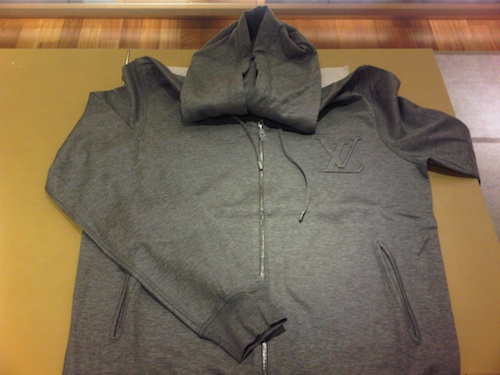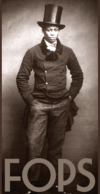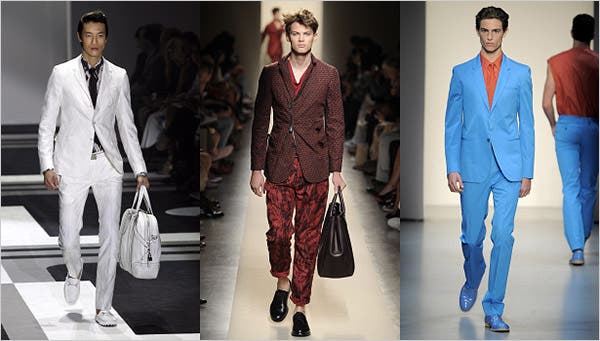
EVEN in a season when designers made no secret about reining in prices to appeal to the newly chastened luxury consumer, it is still possible to walk into a store and wonder what exactly they were thinking when a pair of khaki cotton pants — right there on the hanger, no special packaging or 3G plan or anything — can cost as much as an iPad.
Never mind that classic button-fly chinos at Abercrombie & Fitch cost $70 or that Gap sells “original khakis” for $44.50. The fact that luxury chinos exist — and in surprising numbers — is another story, one that illustrates the challenge faced by designers to justify the still sky-high prices of their clothes. A distinctive design might strengthen the argument, but is $550 really a fair price for basic pants?
How about $480, for plain khakis from Michael Bastian? Or $495 for light cotton twill pants from Mary-Kate and Ashley Olsen of The Row? Or $595 if they are by Giorgio Armani? Or $780 for ones with elasticized cuffs from Bottega Veneta? Or is $350, as Thom Browne charges for chinos, the right price? The range suggests that since the luxury bubble burst, designers have no clue what customers are willing to pay.

“The cost of creating those things has nothing to do with the price,” said David A. Aaker, the vice chairman of Prophet, a brand consulting firm. “It is all about who else is wearing them, who designed them and who is selling them.”

“It sounds crazy to say this, I know, but our pants are a steal,” Mr. Sternberg said. To make his case, he gave a tour of the factory where they are made, Martin Greenfield in Bushwick, Brooklyn, where little has changed in the production of tailored clothing in a century.
A man was hovering over an 80-year-old contraption called a jump iron, hot enough to mold fabrics into shapes they will be unlikely to forget. Another man basted panels of suit fabric to springy canvas, which makes the garment more flexible. In a machine-made jacket, the canvas would be fused or glued into a suit.

At Martin Greenfield, a union shop where employees earn about $13 an hour, before benefits, it takes an average of four hours of labor to make a pair of pants. The pants pass through the hands of at least 20 people in the process of cutting fabric, adding pockets and building out a fly. So with labor and fabric, the cost to make Mr. Sternberg’s pants was about $110 — a fifth of what they cost in a store.
The final price reflects the markups of the designer and the retailer, what they charge to cover expenses, pay their employees and, with luck, make a profit on what sells to cover the losses on what does not. Mr. Sternberg doubles the cost to arrive at a wholesale price of $220. The retailer adds another markup, typically a factor of 2.5, which brings us to $550.
Is it too much?
Not if that’s what people are willing to pay, Mr. Aaker said. Jeffrey New York had some nice Gucci chinos with a tiny tab of red-and-green striped ribbon at the waistband for about $500. They sold out.
A machine might make pants more cheaply, Mr. Sternberg said, but for a designer who wants to be known for quality, what would be the value in that?


we as parents of young blacks need to teach and educate our children on the importance of saving money and not being fooled by a world of deceit and greed.